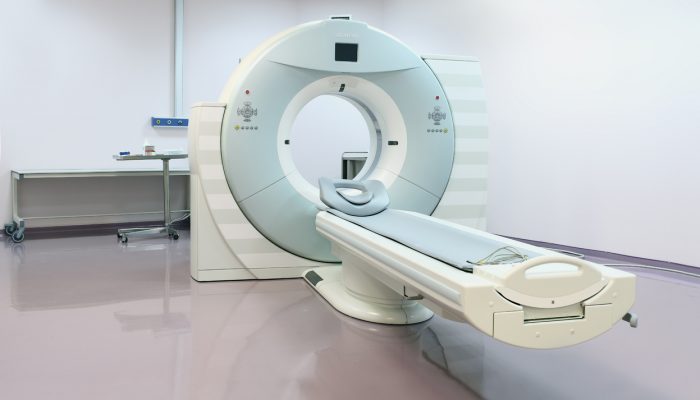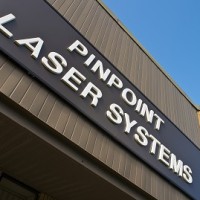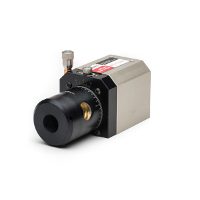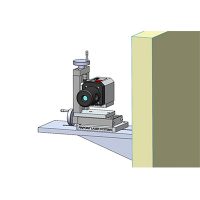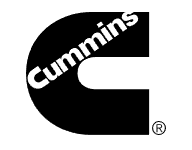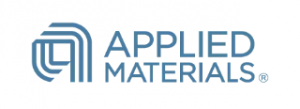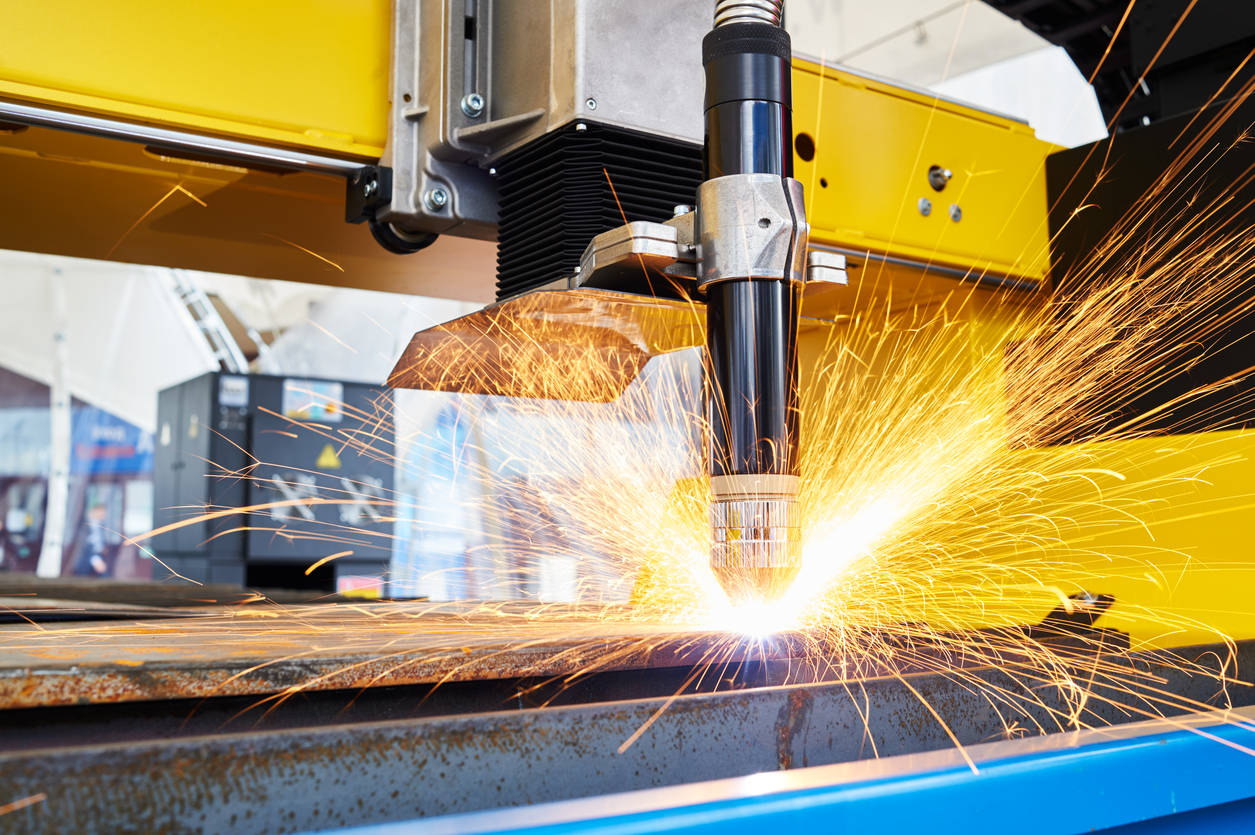
Gantry systems play a key role in the precise positioning of parts and tools in industrial automation and manufacturing operations. They offer larger working areas, greater precision, versatility and operational simplicity compared to strictly linear motion control systems to cut materials into intricate shapes, patterns and lengths. Their ability to automate repetitive tasks speeds up the production process while reducing manual labor to improve profitability.
Linear XY-axes and bridges are pivotal components of gantry systems that ensure high precision in toll and component positioning. A cross-guiding system mounted onto the bridge works on the Y-axis while a parallel rail system on the X-axis supports the weight of the gantry machine along a designated path.
Alignment is Critical
Routine alignment of rail systems is necessary to ensure smooth and controlled motion. Checking the straightness and squareness of the guiding system is also important due to machine wear.
In CNC machining applications such as plasma cutting and precision machining, the alignment of the gantry rails and crossbridge are important for precise tool control and optimum outcomes. For large-format CNC gantries, geometric alignment is critical for meeting precision tolerances and minimizing maintenance expenses. Out-of-spec gantry systems can compromise operations and result in sub-par results.
Laser Alignment Surpasses Other Methods
Visual checks of misalignments and damaged parts are time-consuming and error-prone. Displacements undetected by the human eye can result in costly issues and production stoppages.
Using piano wire or mechanical systems to check for straightness is not accurate enough, as the wire can sag and straight edges are cumbersome for long alignment tasks. A laser alignment system can align rails and other gantry components with precision to the micron, surpassing the low accuracy of dial indicators and optical scopes.
It is less dependent on the technician’s skills and faster to achieve results. Laser alignment also avoids errors and the need to make multiple measurements to get an accurate reading.
How It Works
Laser alignment tools are well suited to many users and do not require extensive training. A transmitter emits a laser beam from a reference point, while a receiver is moved along the gantry rails and picks up the signal. A readout indicates if the rail under measurement is out of tolerance.
Different Measurement Applications
Laser alignment systems can verify rail straightness, squareness and parallelism of the X, Y and Z axes. As the longitudinal travel of the base rail system is often long, rail straightness is first checked, followed by the perpendicularity of the gantry system for its X-Y-Z axes. Testing gantry rail squareness is faster when using reference points based on gantry rail straightness compared to the perpendicularity of the bridge. In addition to geometric checking, rail parallelism can be verified to completely align the coordinates of the entire gantry system to get the best results.
Laser alignment can help identify problems during gantry operations, such as too tight or loose rail screws, to restore reliability. These systems are also important tools for conducting periodic checks in measuring wear tool and runout for cost-effective results.

